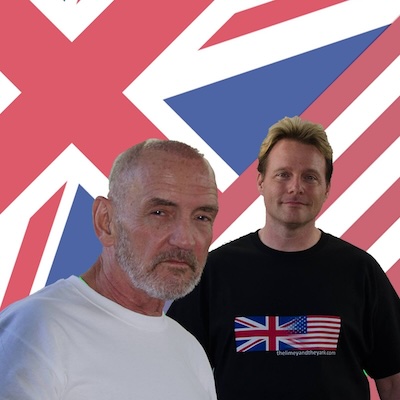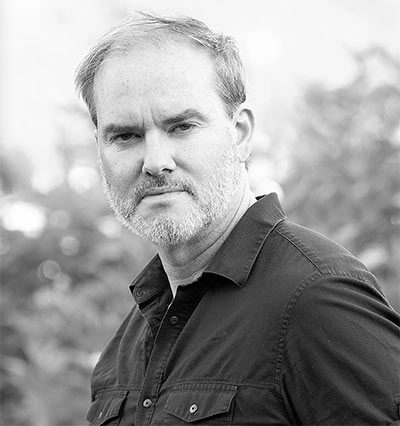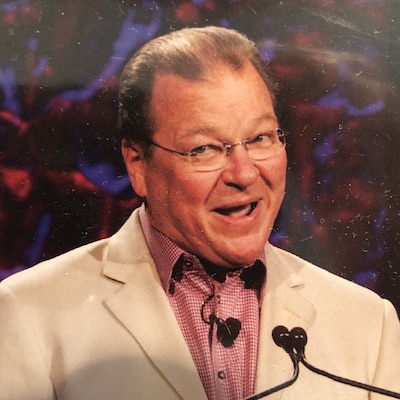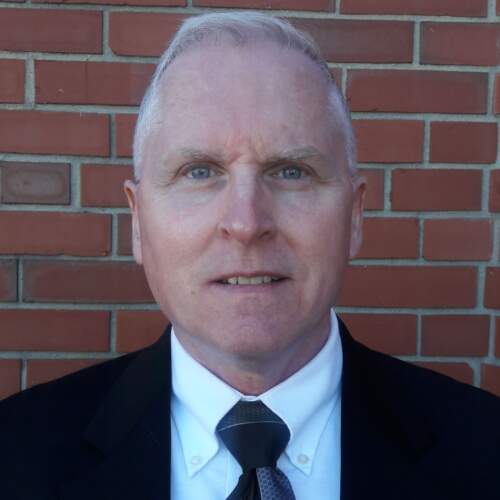Culture, We, and Me
Experiences come in two varieties from which we might draw lessons. We may learn from inexpensive experiences from others without having to go through an experience ourselves. Expensive experiences are those in which we go through a circumstance and come away with learning. I warn my child, for instance, not to touch the hot stove. if he trusts me and does not tough it—-this is inexpensive experience. It would be expensive experience, however, if he touched the burner and burned his hand. To learn, we often need to undergo these expensive experiences. These are the typical first-time head leaders. However, with Wisdom, guidance, and mentors, we can avoid some of these experiences.
Being the head coach of their own program is often a lifelong dream of a coach. It has taken years for many first-time head coaches to realize their goal of becoming head coaches. A strategy for “their team” and “their culture” has been created over the years. They have put forth a lot of effort for little Money, persuading themselves that if given the opportunity, they will become the next great coach. They will not only win a ton of games, but they will also positively impact each and every child on their squad. They won’t make all the “stupid” errors made by the head coaches they previously worked with, which infuriated the youngsters and prevented them from buying in.
The problem is that they have given little thought to two things.
Being a head coach is really hard. The mistakes they saw their head coach make likely happened for a reason that they didn’t understand or were not in the loop about. Further, they don’t realize how easy it is to be the likeable assistant who doesn’t have to make the big decisions. Getting buy-in isn’t as easy as they think.
It is not “their program.” The program belongs to the institution, school, or organization that they were hired by. All the culture and core value statements must align with the institution. Further, they are important members of two bigger teams—the athletic department and the institution. Those, in reality, matter more than just their team, and ultimately, every program is there to serve the institution.
For leaders, developing strategies and procedures that take into account the individual’s point of view while still putting the institution’s larger purpose first. This conflict is real; it has deep historical roots. From the college context, “intercollegiate athletics are American higher Education’s ‘peculiar institution.'” This is how higher education historian JR Thelin put it. Even though they’re everywhere, nobody seems to understand how sports became so deeply embedded into the education system nor How to manage them. While Thelin’s comments are particular to college athletics, I think they are true for other levels of sport.
There is no one size fits all company. No leader should ever assume that just because they’ve arrived somewhere new, everything will be the same. The culture of each organization is distinct from another, and its underlying ideas and practices, as well as some aspects of it, are unlikely to undergo significant transformation for quite some time. The bigger and older the organization, the slower the change.
Culture is “the way we do things around here,” and anybody who claims it is “their culture” is showing their cultural ignorance and egotism. “We” and “us” are fundamental to any cultural discussion. When CEOs say things like “my culture,” I believe they mean nothing more than a shift in attitude and practice. And, I often think they are going to fail in their leadership of that organization when they use that language.
Things That Are Making Us Think
Recently, Canada fired its women’ soccer coach right before the Olympics over allegedly spying on other teams practices with the use of drones. It is always an interesting thought experience to put yourself in those shoes and think about how something like this could happen. All of us are capable of going down a slippery slope and ending up here.
I am about halfway through a book called “Anatomy of a Breakthrough” by Adam Alter. Biggest takeaway so far is do the simple things well and things don’t happen overnight. Stay with it day after day.

























